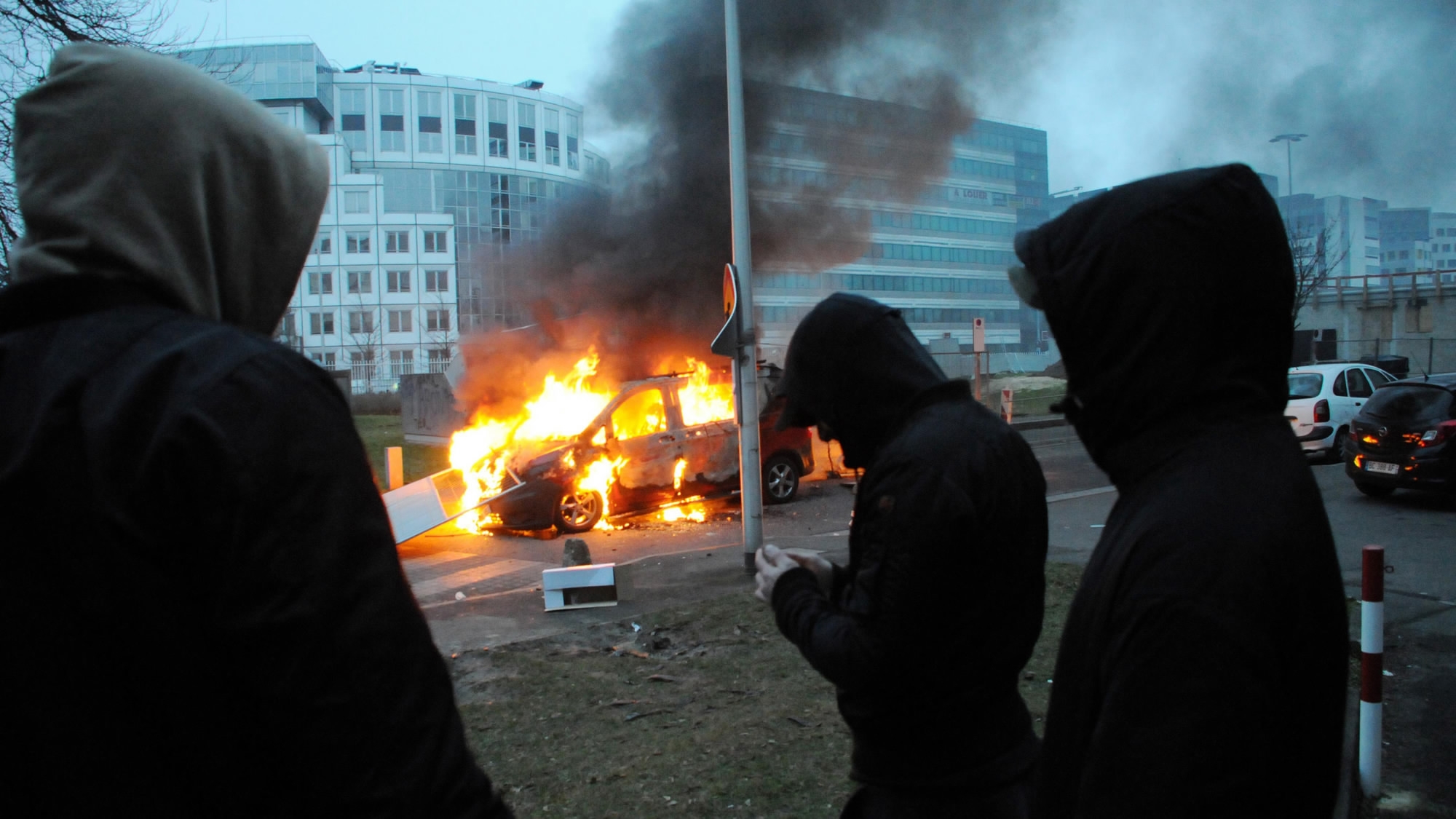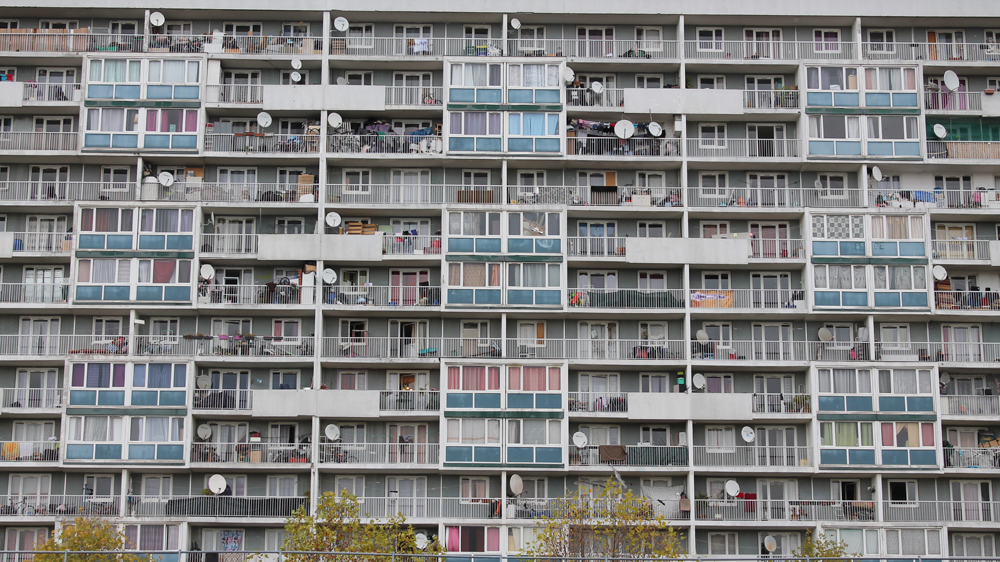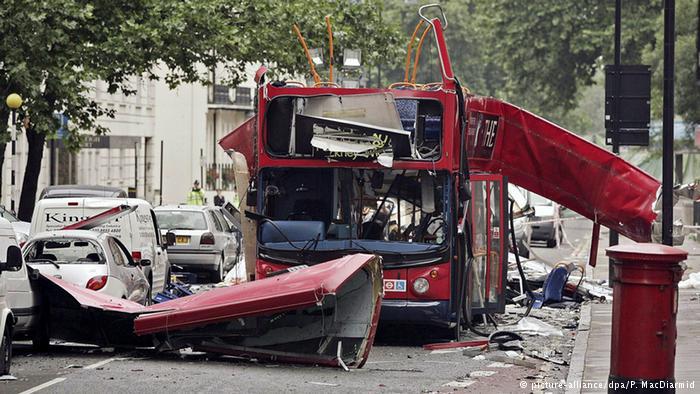Hotbeds of anger and resentment

By jihadogenous urban structure I mean an urban setting that is the venue for jihadist callings, at a much higher rate than in the other districts of the city.
In Europe, one of the significant and even essential factors of jihadist radicalisation is the city. Not any city. But a type of district within the city that we may call the jihadogenous urban structure.
In almost all European countries there are neighbourhoods where the number of young people leaving for Syria (foreign fighters) as well as the number of followers of internal jihadism (home-grown jihadists) are much higher than the national average. The trial of the survivors of twenty young people who went to Syria between 2013 and 2015 from the southern French town of Lunel is a case that is replicated in other European countries in more or less similar forms. In Lunel, it is the social housing district of Abrivados, in which a significant number of young people were indoctrinated by the extremist Islamic holy war ideology.
Jihadist concentration in some neighbourhoods may be due to two distinct types of effects:
Firstly, within these neighbourhoods, young people have known each other through formal or informal networks, friends, or members of the same family and their ties; the district may be that of the middle classes, without any apparent sign of disadvantage among candidates for the holy war; this type of neighbourhood and the calling of the middle classes towards jihadism are largely in a minority in Europe.

Secondly, the specificity of the urban structure: the concentration of young people of similar ethnic origin (e.g. North Africa in France; Pakistan and Bangladesh in Great Britain; Morocco in Belgium) in areas with the following characteristics: stigmatisation and anger among a part of the population; ghettoisation and the development of an underground economy (which attracts a part of the youth and predisposes them towards any form of transgression in contrast to the norms in force); a much higher unemployment rate than the national rate (in Lunel, around 20% and double this rate for young people of immigrant origin); a very high school drop-out rate; a delinquency rate well above the national average; a feeling of high stigmatisation among young boys, mostly of immigrant origin; a fragmented family structure: decapitated patriarchal families, single-parenthood and family instability, with the development of violence within the family and the children's homes (the Merah and Nemmouche families in France shared these characteristics); a strong sense of stigma, largely based on everyday life experience, amplified by the "aggressive" behaviour of excluded youth who feel themselves victims of society; the isolation of the neighbourhood which is more or less separated from the city for objective reasons (the absence of subway or bus lines) and partly imaginary ones (a line of mental demarcation often separates the stigmatised neighbourhood from other areas and awakens in these young people the feeling of a dichotomous humanity where communication between the two is impossible).
Cultural inferiority
This type of urban structure shapes the identity of those who are socially excluded and culturally stigmatised. They internalise social exclusion and make it an identity principle as well as a way of life. In turn, victimisation accentuates exclusion and becomes an aggravating factor insofar as the individual separates himself from society and no longer tries to enter it through normal channels.
In the majority of cases, this type of individual is of immigrant origin with a background that makes him a social reject or someone who suffers from "relative deprivation" (especially in the Scandinavian countries) or poverty and is at the same time treated as culturally inferior. They are often economically marginalised and they internalise this predicament and define themselves in an antagonistic manner towards society. To ensure their social promotion, they become deviant, members of gangs or more or less outlaw groups. In France, most of these districts are in the suburbs and are called "(poor) suburbs" (banlieues). Sometimes, the segregated district is not outside the city but part of it (like the "Northern districts" that are part of the city of Marseille or Neuhof, part of Strasbourg).
The suburban structure or that of isolated, poor and "segregated" neighbourhoods within the big city (as in Waltham Forest in London) or in the small town where exclusion and stigmatisation are even more accentuated (Lunel) promotes jihadism in many cases. This model is not only French. It exits but is less common, it is true, in Germany (one finds it in the Lohberg district of the city of Dinslaken), Sweden (e.g. the district of Rosengård in Malmö), Belgium (e.g. Molenbeek and Vilvoorde), Denmark (e.g. the districts of Mjølnerparken and Nørrebro in Copenhagen), and the Netherlands (e.g. the Overtoomse Veld district in Amsterdam).

Non-citizenship
In everyday language, there is a whole vocabulary in Europe to emphasise the non-citizenship of these sons or grandsons of immigrants (girls and granddaughters are perceived differently and generally behave differently): in Sweden, they are modestly called "non-ethnically Swedish" individuals, much like the "French on paper" in France, "Passdeutschen" in Germany and even more pejoratively the "Pakis" (of Pakistani or more largely south-east Asian origin, with a strong depreciative nuance) in England, the "Perker" (with the same pejorative as the Paki in English) and in Denmark. "Arab", "Bougnoul", "Bicot", "Beur" are pejorative expressions used in France.
Mirror game
These individuals feel coerced by the predicament of being neither French nor Arab, neither Pakistani nor English. They bear the stigma of double "non-identity" (in France they are "dirty Arabs"; in Algeria, they become "dirty, arrogant Frenchmen"). They find a substitute identity in Islam, and by espousing it, they put an end to their dual non-identity.
In response, they develop characteristics that accentuate their non-citizenship through aggression, a gesture perceived as threatening by others, ways of being that are considered provocative. In terms of language, they develop their own slang about the locals to whom they do not belong: "babtou" (the white), "gaouri" in France. Racism and counter-racism inextricably mix in a mirror game. The transition to jihadism of a small minority of them restores, on the imaginary plane, pride, even dignity in opposition to society, legitimising blind violence against it.
The excluded
The history of the last half century can also play a significant role. In Nice, the establishment of branches of the FIS (Islamic Salvation Front) and, later, the GIA (Armed Islamic Group) in the 1990s after the military coup in Algeria that ousted the Islamic Salvation Front, had a significant impact on the indoctrination or even the radicalisation of a part of the population of immigrant origin in the following decade.
Even if the city does not explain everything, most European jihadists come from areas, cities or regions relatively well circumscribed in space, mostly poor, stigmatised and inhabited by sons and grandsons of immigrants.
Jihadists can also be recruited in middle-class neighbourhoods, but here it is the malaise of middle-class youth, the absence of utopia, the fear of social downgrading and an often atomised and anomic individualism that are at the origin of radicalisation for a youth that can no longer refer to the ideals of the extreme left. In the latter case, the urban structure does not play the same role as in the case of poor neighbourhoods. Still, the latter case is by far the majority among European jihadists.
In short, Europe is sick of its enclaved and impoverished neighbourhoods where young people, mostly of immigrant origin and economically marginalised, are locked up. Not knowing how to integrate them, and as long as this urban structure is not challenged, we can expect either jihadism or a frenzied delinquency in an enclosed environment where at the same time we have the development of a puritanical and sectarian religiosity, a pietist Salafism.
Farhad Khosrokhavar
© Open Democracy 2018
Farhad Khosrokhavar is Directeur d'études at the École des Hautes Etudes en Sciences Sociales (EHESS) in Paris and Researcher at the Centre d'Analyse et d'Intervention Sociologiques (CADIS). His latest book is Radicalisation (Paris: Editions de la Maison des sciences de l'homme, 2014).